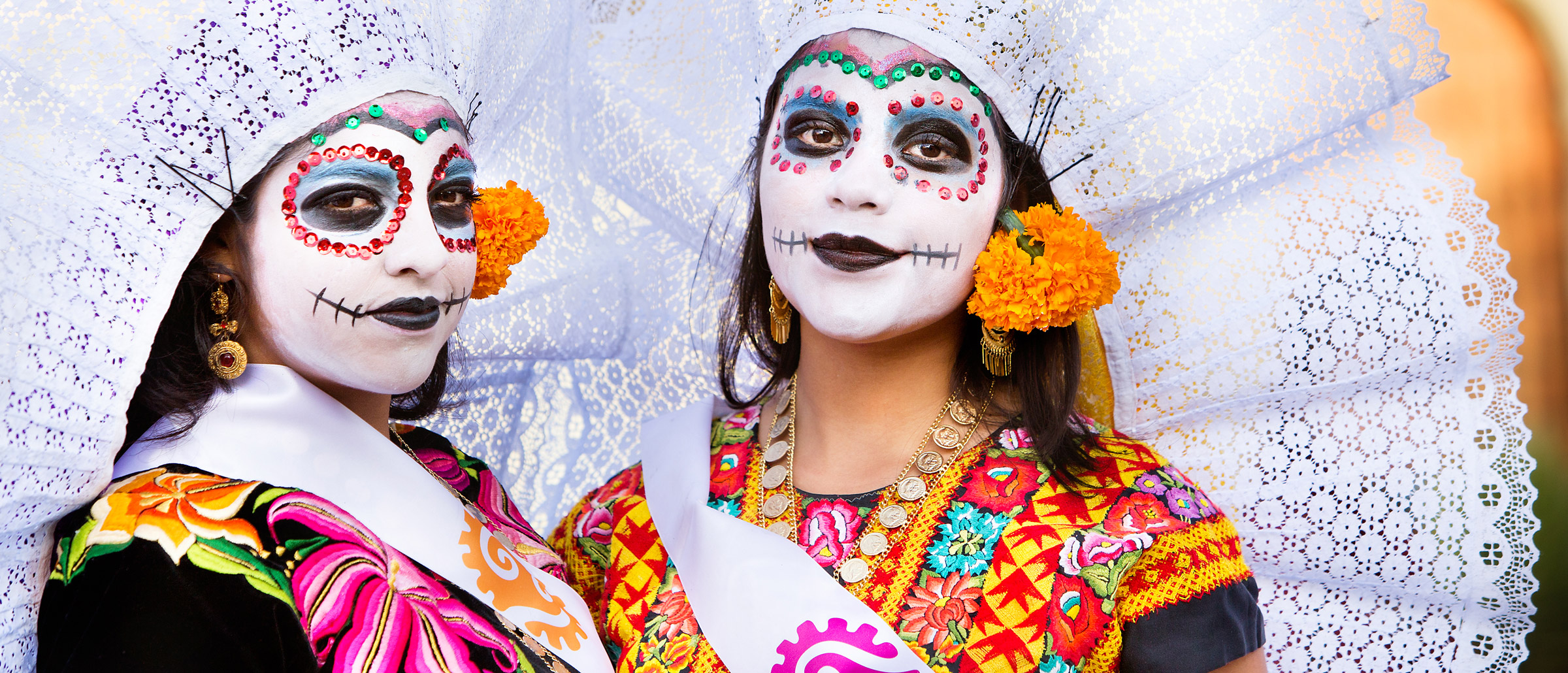‘As if Dropped From Another Planet’

- Words by
- Veronica O'Leary
I love the gnarly and complicated form of the Banksia. It’s craggy features and obtrusive hairy-ness is idiosyncratically appealing. It’s an exotic and iconic Australian flower.
I mainly refer to the saw Banksia or old man Banksia (Banksia serrata) in my description above, first collected by Sir Joseph Banks and Daniel Solander at Botany Bay in 1770.
The Banksia genus was given its name as a tribute to Banks, the great funder of scientific voyages, naturalist and adventurer. He and botanist Daniel Solander travelled with Captain James Cook on the Endeavour, collecting thousands of botanical specimens to send back to Kew Gardens in London.
As a result of this voyage, the interest in collecting plants from the little known land at the bottom of the world was established and New Holland became a collector’s paradise. Sydney Parkinson was on board the Endeavour and was the first European artist to record landscapes, animals and flowers of Terra Australis. Parkinson’s Journal of a Voyage to the South Seas brought to notice previously unknown plants acutely observed and recorded. It was his drawings that were used to create the lavish plates which featured in Banks’ Florilegium, the ill fated book commissioned by Banks, comprising of over 700 copperplate etchings, and only printed in the 1990’s, long after Banks’s death.
In 1801 Banks funded a second scientific voyage of discovery, captained by Matthew Flinders on board The Investigator. On this journey Ferdinand Bauer was the botanical illustrator and Robert Brown the naturalist. Both were to publish exquisite plates of the unusual and curious plants and flowers collected from the coasts of Australia. Over 3,000 specimens were taken back to England.
Banks described the Banksia as exotic and unusual, like something “dropped from another planet”. Banks’s descriptions of the new land, his descriptions of the Natives, or Indians, as he called the Aboriginal people of Australia are intriguing to read and show a keen and compassionate interest in the foreign land he was keen to investigate for its people, plants and animals. Some historians have remarked that the value and sheer importance of his discoveries are as monumental as man’s first walk on the moon.
This story of discovery inspired me to create a series of paintings and drawings of Banksia serrata, as a tribute to Sir Joseph Banks. In some I have incorporated the text from his journal written as a 25year old on the Endeavour voyage into the paintings, in an attempt to provide a historical context for the works. I am fascinated by the endeavors of botanical artists like Parkinson, Bauer and Brown to draw and paint these newfound species, which must have appeared so strange to their European eyes.



Like many artists before me – particularly Margaret Preston, Margaret Olley, and Cressida Campbell – I love the design possibilities of Australian flora. I have recently used my favourite Banksia in the time honoured technique of pochoir, or stencil printing.
The serrated form of the leaves and the individual spikes and tendril like shapes are a printmakers delight. As an artist I enjoy exploiting the contrast between the harsh spikeness of the plants and its delicate beauty. Margaret Preston used the pochoir or stencil technique to give visual form to her studies of Australian native flowers and I use it as a technique for the strength and raw energy it allows for. As in a lino cut, the artist is forced to simplify and give voice to the negative spaces which structurally carry the design.
I also became interested in rendering the fine detail of these flowers in a series of ink and watercolour drawings. Over the past four years I have exhibited many of these drawings, and have developed a passionate interest in trying to capture the intricate beauty of such a wonderfully complicated flower.
These ink and watercolour drawings are all A3 in size with just a suggestion of colour. The emphasis is on the lyrical form of banksia leaves, the involved seed heads with their cavernous mouths, moulded round forms, and intriguing depths.
I have lately been painting Banksia’s in the coastal landscape. This has given me further opportunity to work en plein air and study the twisted forms of old man Banksia along the coastal beaches of the Mimosa Rocks National Park where I live and work.
As an artist, my love affair with the Banksia continues and will do so for years to come. It connects me to Australia’s unique history and the generations who have plant hunted, gathered, categorized, and made beautiful art works relating to our native flora.








